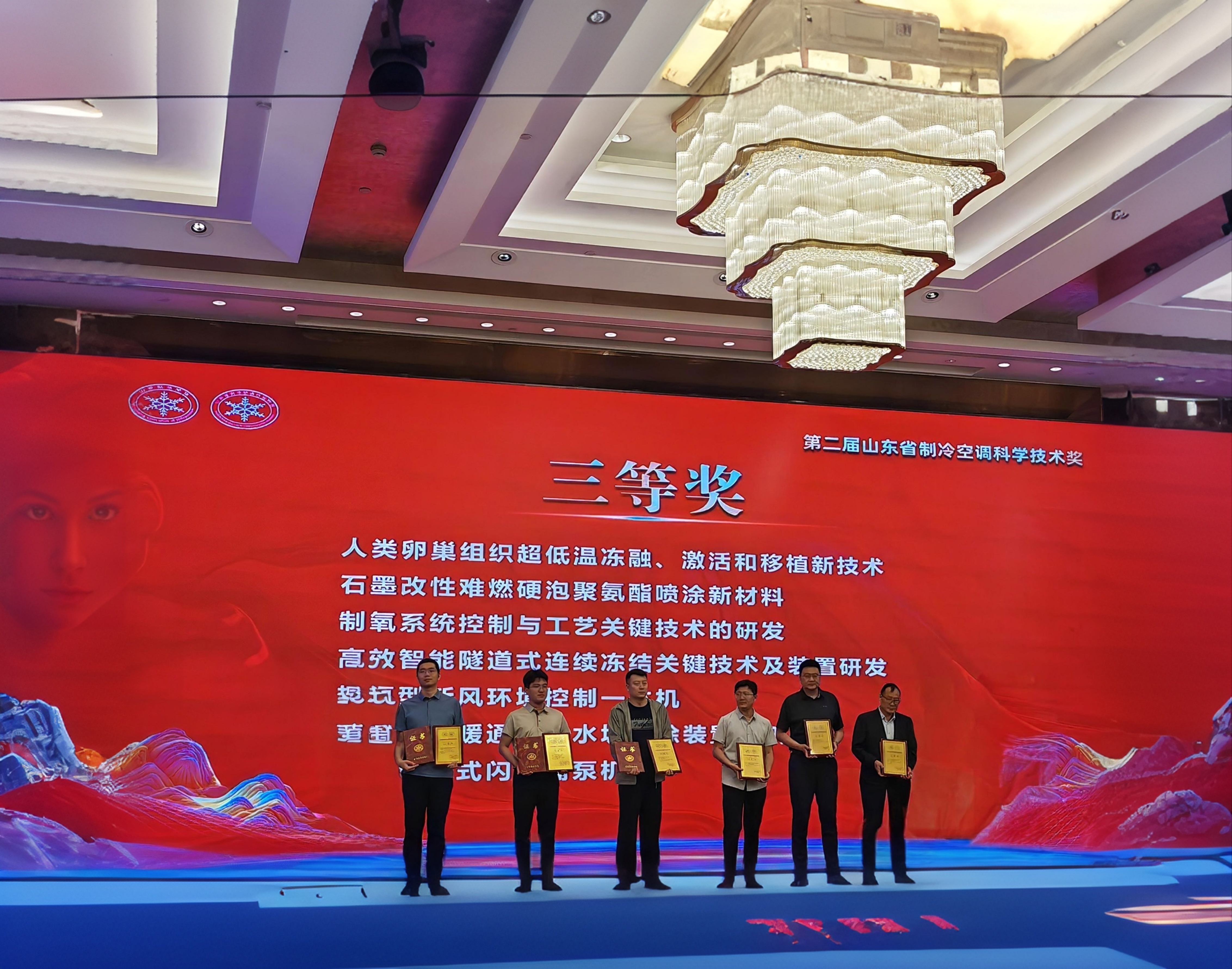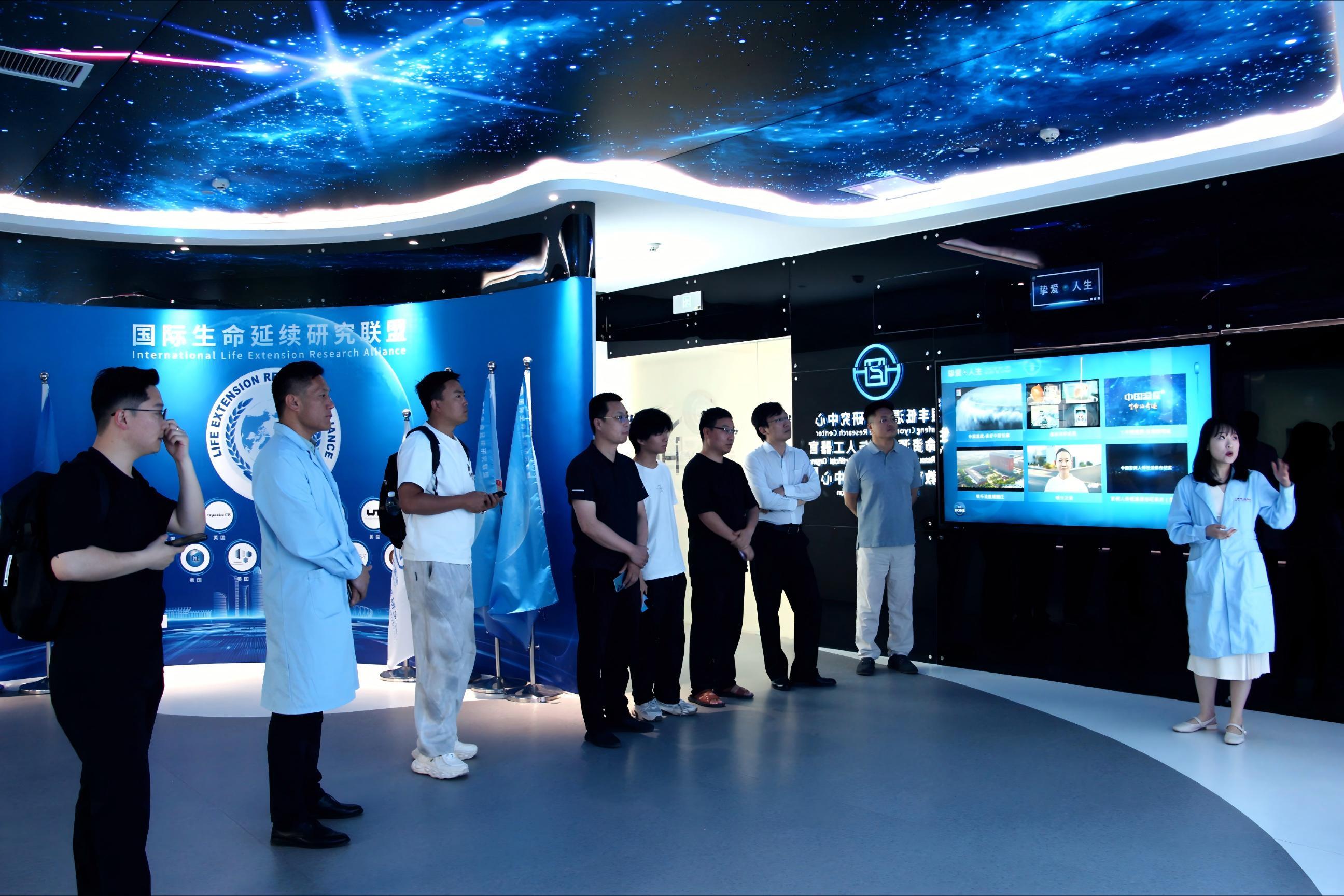Advances in Cryoprotectants: Antifreeze Peptide AVD Effectively Inhibits Ice Crystal Damage with 95.7% Cell Recovery Rate
Release time:
2025-06-05
In the field of cryopreservation of biological samples, ice crystal damage remains a core issue causing cell membrane rupture and functional loss. Traditional cryoprotectants like dimethyl sulfoxide (DMSO) exhibit cytotoxicity, while natural antifreeze proteins face challenges in large-scale application due to cost and immunogenicity.
Recently, a research team from Tianjin University published a study in Engineering, designing a novel antifreeze peptide, AVD, by mimicking the "molecular Lego" of Antarctic bacterial antifreeze proteins. Experiments show that frozen cells supplemented with AVD achieved a recovery rate of up to 95.7%, tripling the efficiency of conventional methods. This technology may offer key solutions for organ cryopreservation, cell therapy, and related fields.
Decoding the Antifreeze Mechanism: Inspiration from Antarctic Bacteria
Antarctic ice-edge bacteria evolved antifreeze proteins (IBPs) to withstand extreme cold. Their periodically arranged hook-like domains form molecular complementarity with ice crystal lattices. Research indicates that such proteins construct dynamic barriers at the ice-water interface via topological matching mechanisms, effectively inhibiting heterogeneous nucleation of ice crystals. However, natural antifreeze proteins suffer from high costs and immune rejection.
The team screened 51 samples containing repetitive motifs from 233 antifreeze proteins. Through phylogenetic analysis and molecular dynamics simulations, they identified key amino acid arrangement patterns. "It's like deciphering nature’s antifreeze code to find the most efficient molecular combination," explained Zhang Lei, the paper’s corresponding author.
AVD Design: Building an Ice Crystal Shield with "Molecular Lego"
The final AVD peptide chain contains only 20 amino acids. Its core features two key sites—Thr6 and Asn8—spaced 7.8 Å apart (about 1/100,000th of a hair’s diameter), precisely matching the oxygen atom spacing on ice crystal prism planes. Molecular simulations show AVD embeds into ice growth interfaces, reducing ice crystal growth speed by 60%. Ingeniously, the Ser18 site forms an "auxiliary lock" via hydrogen bonds, enhancing binding stability by 40%. At a concentration of just 1 mg/mL, AVD achieves 86% of natural antifreeze proteins’ ice-inhibition efficacy.
Cryoprotection Validation: Cell Recovery Rate Soars from 30% to 95%
At -80°C, AVD demonstrated dual protective mechanisms: suppressing ice growth while stabilizing calcium ion channels in cell membranes. Lung cancer cells (GLC-82) frozen with AVD showed a 95.7% recovery rate—3.1 times higher than untreated groups. Immune cells (RAW264.7) surged from 2.4% to 34.9% recovery. Microscopy revealed intact mitochondrial structures in AVD-protected cells, with proliferation capacity matching fresh cells. "It’s like dressing cells in nano-scale antifreeze suits, shielding against external ice puncture while maintaining internal ion balance," Zhang analogized.
Despite AVD’s efficacy, industrialization faces challenges. Current chemical synthesis costs ~¥500 per gram, while freezing one cell sample requires 10 mg (¥5/sample). In contrast, DMSO costs merely ¥0.1. The team is developing biosynthetic processes aiming to slash costs by 80%. Additionally, AVD’s protective effects on specialized cells (e.g., cardiomyocytes) require further validation.
"This study pioneers precision antifreeze design at the molecular scale, offering a groundbreaking solution for long-term organ preservation," commented Prof. Boris Rubinsky, President of the Society for Cryobiology.
Latest developments
Recently, the "Novel Technology for Ultra-Low Temperature Cryopreservation, Activation, and Transplantation of Human Ovarian Tissue," developed through a collaborative effort between Shandong Yinfeng Life Science Research Institute and Beijing University of Chinese Medicine Shenzhen Hospital, has been awarded the 2025 Shandong Refrigeration and Air Conditioning Science and Technology Award. This groundbreaking technology pioneers a new pathway for female fertility preservation, marking a significant leap in China’s interdisciplinary advancements in reproductive medicine and cryobiology.
On May 19, a delegation from the Chinese Training Workshop for Government Officials of Developing Countries visited the exhibition hall of Yinfeng Biological Group's Cryomedicine Research Center. Government officials from multiple countries gained in-depth insights into Yinfeng’s innovative achievements in cryobiomedicine, cell storage, genetic technology, and other fields. They engaged in discussions with the delegation on technology transfer and international cooperation, contributing to the building of a global community with a shared future for humanity.
On the morning of May 17, 2025, an immersive exploration into life sciences and cryomedicine concluded successfully at Jinan Yinfeng Biological Science Park. Hosted by the Shandong Yinfeng Life Science Research Institute, this event offered members a firsthand look into the research base through activities such as ultra-low temperature cryotherapy experiences, brainwave signal acquisition system trials, and expert panel discussions. Participants witnessed the infinite possibilities that cryogenic technology and life sciences hold for humanity.
The international academic platform ScholarGPS recently announced its global lists of Highly Ranked Scholars - Lifetime and Highly Ranked Scholars - Prior 5 Years, recognizing the top 0.05% of scholars across various disciplines. Among the selected Chinese scholars are national-level talents, leading figures in specialized fields, and seasoned academics dedicated to long-term research.
In January 2025, members of the Yinfeng cryomedicine team actively participated in the "Sino-French Aerial Emergency Medical Rescue Training" and obtained certification. This signifies a further enhancement of the team's professional capabilities in the field of international emergency medical rescue.












